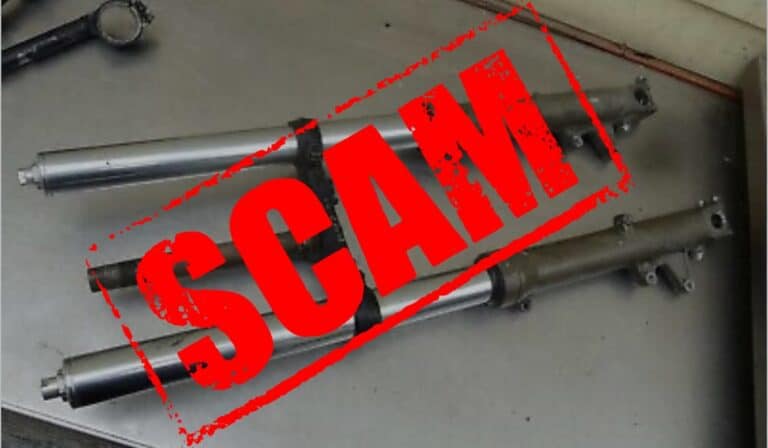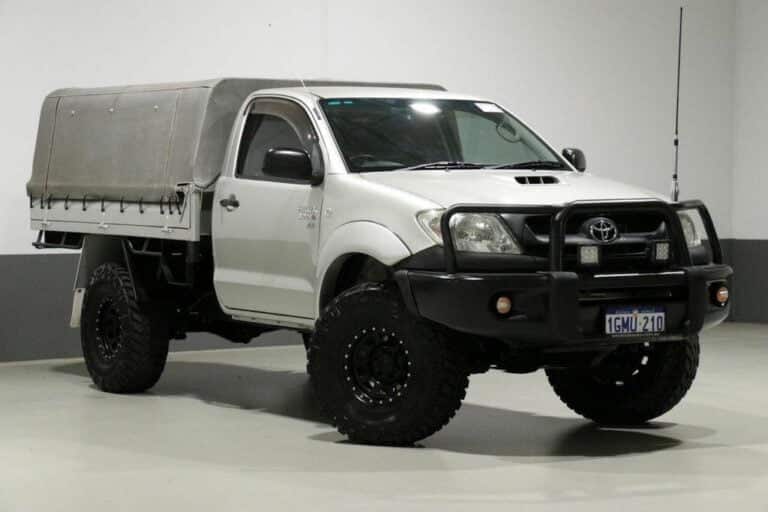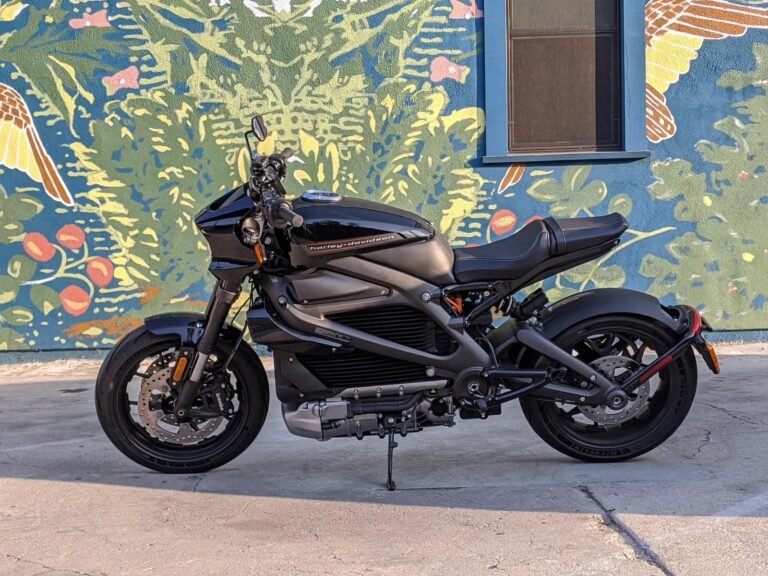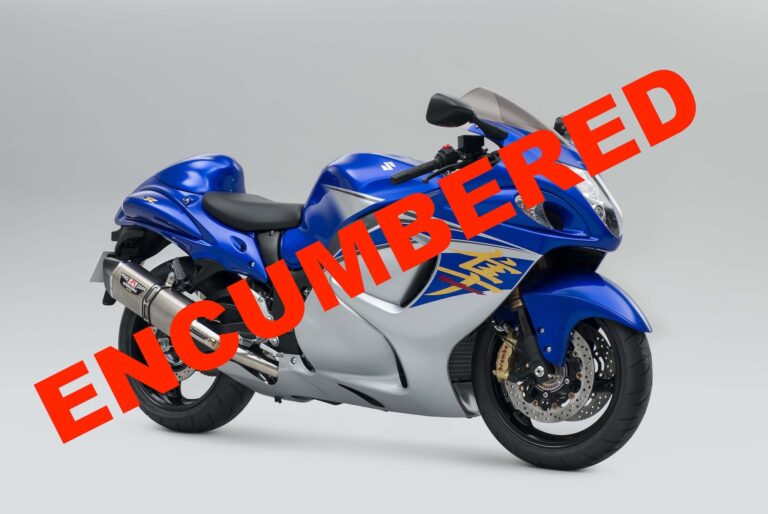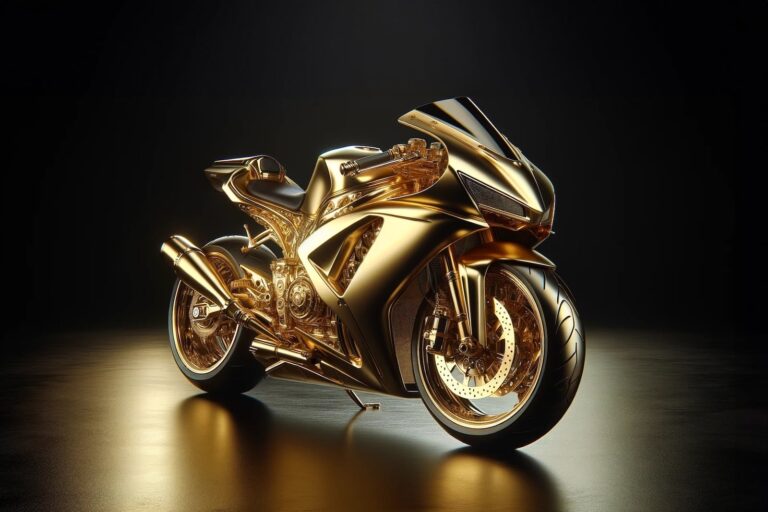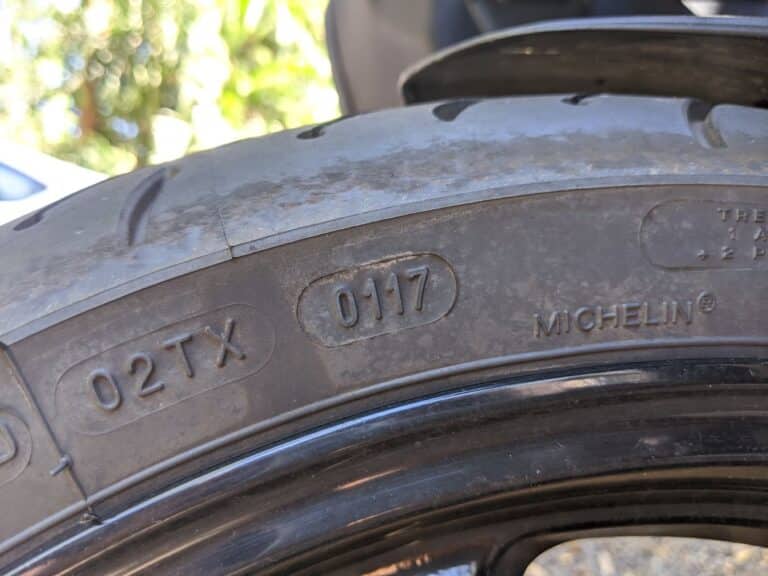A topic that’s frequently discussed on motorcycle forums is that of test rides. People are always wondering: Should I offer test rides? And on the other hand, if someone requires cash in hand before a test ride, should I do it, no matter the amount? Or is it ok to buy a motorcycle without a test ride?
There are two general schools of thought on whether to offer test rides. Many sellers, fearing a crash or theft, refuse test rides unless a potential buyer has already fully paid for the bike. And many others say that you have to allow test rides — because otherwise, you put off too many potential buyers.
On the buying side, the converse is true. Some say that a test ride is absolutely mandatory, and some say it’s ok to not take one if you really trust the seller.
Often, these answers ignore the fundamental reality that we’re dealing with individuals.
The easiest — but vaguest — answer to the question of test rides is: Whether you need a test ride as a buyer, or offer one as a seller, depends entirely on the buyer and seller’s character and the condition of the bike.
Even with time and experience, you can still get it wrong. It really comes down to whether you, as a buyer, trust the seller, or whether as a seller, you trust the potential buyer.
You can’t judge a book by its cover, of course. I’ve met some very sketchy buyers and been mildly relieved they didn’t try to mug me. And I met the nicest guy with whom I thought I got along great who was nonetheless a stickler for process and didn’t allow test rides without full cash in hand — which I didn’t have (it’s an inconvenience to get $10K in cash in most currencies, as I have to go into a bank branch, especially if I’m not sure I’ll have to use it).
Here are my thoughts on the topic after having bought and sold a few dozen motorcycles, plus some ideas on how to offer test rides while minimising risk (but not eliminating the chore of paperwork if things go south).
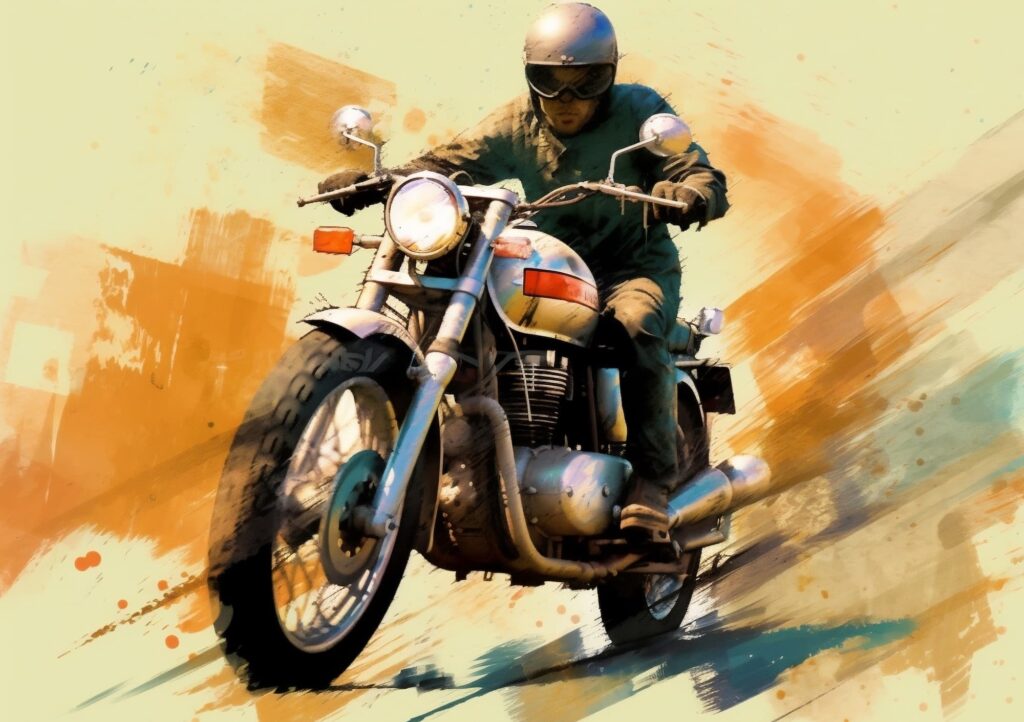
Are you obsessed with motorcycles?
Well, I am. That’s why I created this site — as an outlet. I love learning and sharing what others might find useful. If you like what you read here, and you’re a fraction as obsessed as I am, you might like to know when I’ve published more. (Check the latest for an idea of what you’ll see.)
Why Do You Need a Test Ride?
As a buyer, I nearly always test ride when buying from a private seller. (Nearly!)
To me, the purpose of a test ride is to ensure a motorcycle works well. It’s a core part of a general test of roadworthiness and mechanical integrity.
If you’re following my general motorcycle inspection checklist, you would check most of the things when looking at the bike at a standstill — chain, sprockets, suspension, and so on.
But there are a few things that you can only check on a test ride. It actually only just needs to be brief, but it does need to put the bike through its paces. You check things like:
- Is there any hesitation in the engine anywhere in the rev range?
- Do the brakes work as intended?
- Does the clutch slip?
- Does it shift through all the gears, and not drop out of any of them?
- Are there any new leaks after the ride?
Note that to test a few of those things, you have to accelerate hard. So a quick ride down the road is not going to be a conclusive test.
Ideally, a test ride would not be to see if you “like” the motorcycle. Usually, you’d have an idea of whether you like the motorcycle before you show up, and seeing it in person would confirm that.
If you’re a relatively new rider, you might benefit from this word of advice (that was given to me when I was a new rider): It takes considerable distance and time for you to be able to tell whether you like a motorcycle. As you ride more and own more motorcycles, you get better at developing this opinion quickly. But if you’re very new to the game, bear in mind that a test ride won’t tell you much more than whether it goes or not.
You can, of course, check the riding position without even riding the bike. Sit on it, assess the lean to the handlebars and the bend in your knee, and consider what it might be like to be in that position for fifteen minutes or a few hours.
And yes, it is possible to buy a motorcycle without a test ride — but only in specific situations. I’d only accept no test if the bike is new, near new (in both distance and time), or I know the seller is the kind of person who would rectify any problem the bike has, no matter how involved — or take the money back.
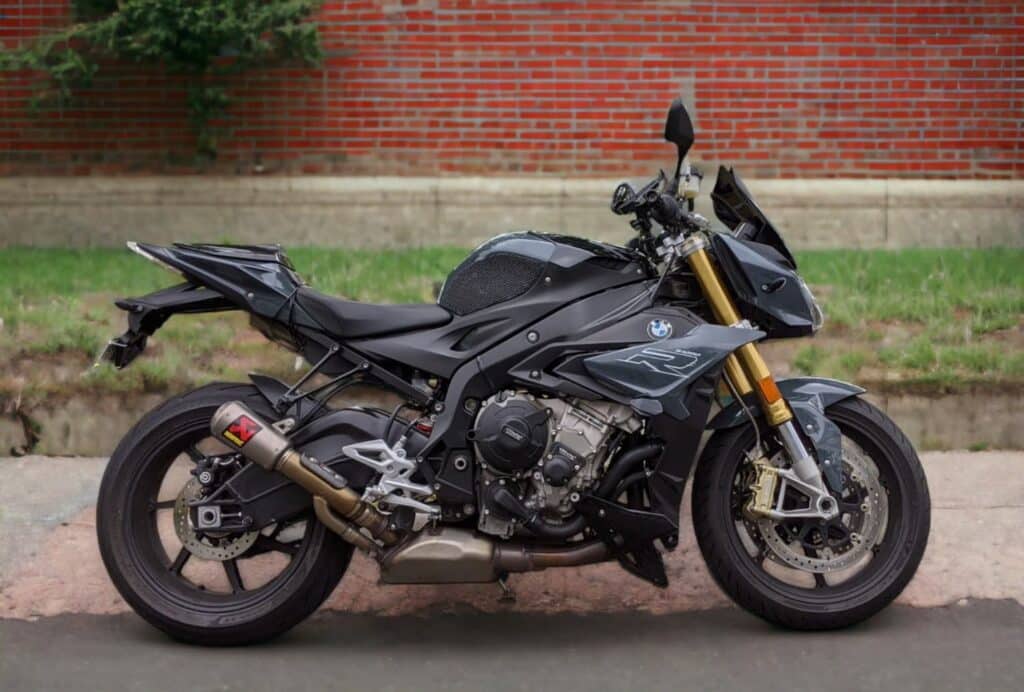
Context: What Can Go Wrong with Test Rides?
What could go wrong? Let your imagination run wild!
Of course, the most common concern is that a potential buyer will drop the motorcycle on their test ride. Or even just lightly damage it, for example scratching a fairing. In this situation, sellers don’t want to deal with repairing it — let alone at their own expense — and would expect the buyer to take the bike with them.
But things can get much worse. A buyer might have a serious crash on a motorcycle, which might not even put them in a position to deal with paying up. Or, they could be a bad actor and just outright steal the motorcycle.
In any of these cases, as a seller, you want to be protected. This is how it can get tricky.
Some people think it’s OK to just take a driver’s license from a potential buyer. You, as a seller, have insurance, right? But you should get written confirmation from your insurance first that it’ll protect you in the case of test rides.
The insurance companies I’ve had would cover me if I lend a motorcycle to someone and they crash it — provided they’re fully licensed. But they wouldn’t cover a situation in which I lend a motorcycle to someone and they steal it. So insurance alone is unlikely to cover everything that can go wrong in motorcycle test rides. (Check with your insurance company — it varies by provider and region.)
If you ask for “full cash in hand” before a test ride, you’re covered financially for the value of the vehicle. But you still might have some paperwork to do. If they crash or steal your bike, you still have to go down to your vehicle registration place (usually in person, even in fairly technologically advanced places), and declare that you ceased to be owner on some date. This is annoying!
If the potential buyer races past speeding cameras, you’re liable, and have to do paperwork to prove that you’re not. In that case, it’s best to have some kind of documentary evidence.
As a Seller: Offer Test Rides — To the Right People, and With Paperwork
I’m very familiar with ads that say “No test rides without full cash in hand”. Despite the disclaimer (which I understand) and the fact that I know I’d need a test ride, I visit them anyway. I do take cash in hand, if it’s a reasonable amount that won’t require us to spend a while counting notes.
Because despite claims of “no test rides without cash”, usually sellers offer me a test ride anyway. I always give them something like $1,000 I brought with me and my license, but often, they make it feel superfluous.
The reason for people offering me test rides, I’ve been told, is I appear to be a decent human being. I’m polite, punctual, and clear in communication.
So, behave the same, and you might be offered test rides. There’s actually a very low bar for appearing to be a decent person, so it’s easy to meet it. If you are clear in your communication, know the bike, show up at the right time, and don’t dress sketchily, then people will trust you, and hand over the keys.
It’s worth noting that you (I) can really misjudge people based on experiences. There are very rough-looking and sounding people who are completely 100% stand-up and easy to deal with. So I leave it to your own judgment.
As a seller, I still require three things
- Payment of at least a deposit
- Photo of their driver’s license
- My special sauce: A signed document of liability for the full price if any damage occurs
This is the secret weapon. Just like stores get you to sign a document of liability before test rides, it’s entirely reasonable to get a buyer to sign a liability document. (The enforceability of such a document would depend on local laws. I haven’t ever had to test it, fortunately.)
The best bet would be to get the buyer to sign a full contract of sale but with a clause saying you’ll accept a return after a test ride if it’s unsatisfactory.
Motorcycle Contract of Sale with Test Ride Clause
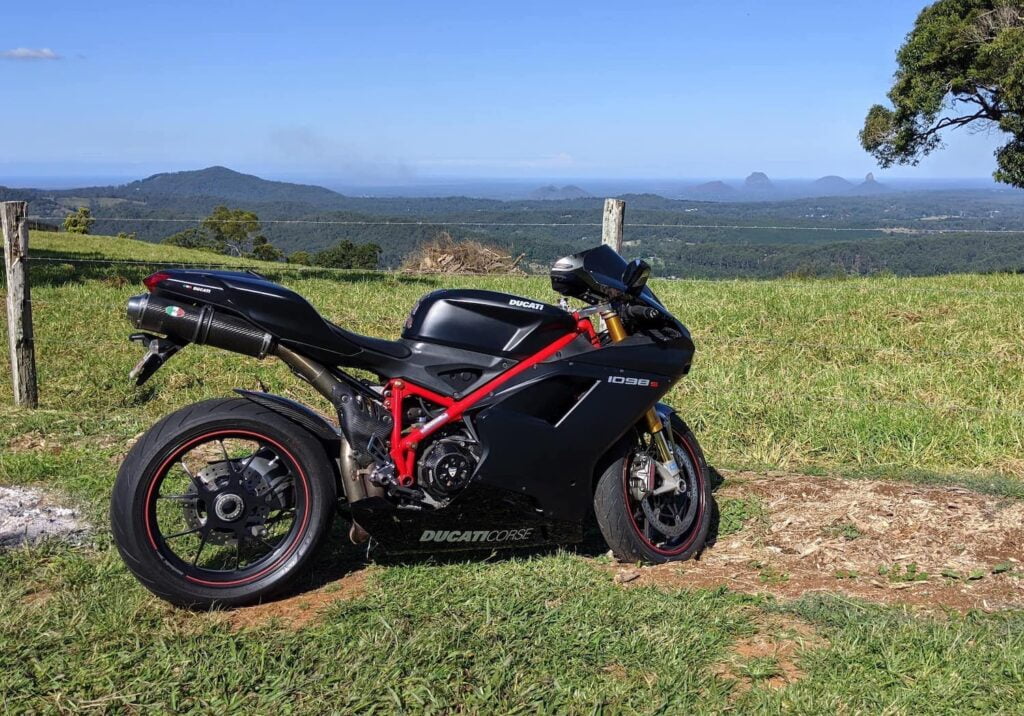
This is the best option. It’s the option I took once, for example, when buying a Ducati 1098S.
The seller didn’t want to let me take the bike for a test ride without all the money. I was willing to wire the money, but I wanted some guarantee that he wouldn’t file the paperwork unless I was happy.
So we put together a contract of sale pending a test ride. Linked there is a generic version.
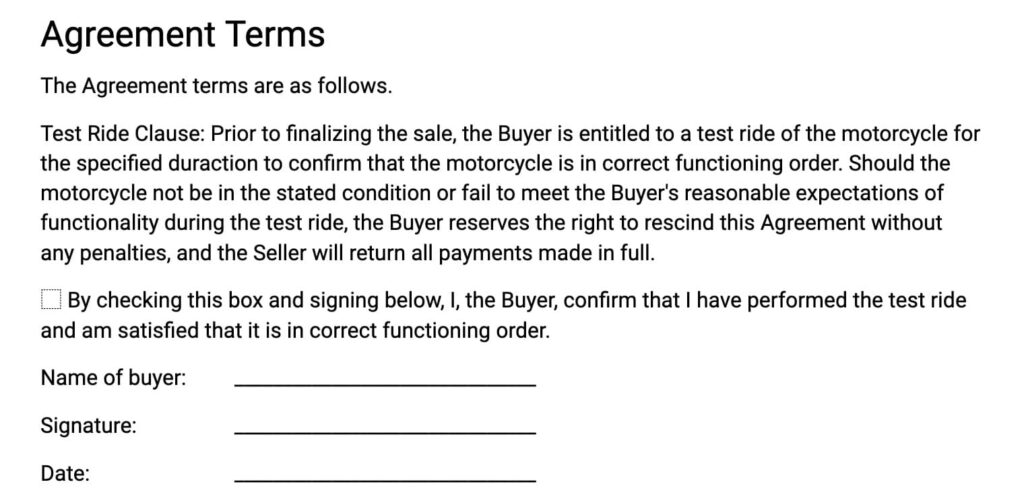
I’m not a lawyer, but this is a pretty simple document. Tailor it according to your needs, and get a lawyer in your jurisdiction to check it, if necessary.
Motorcycle Test Ride Liability Contract
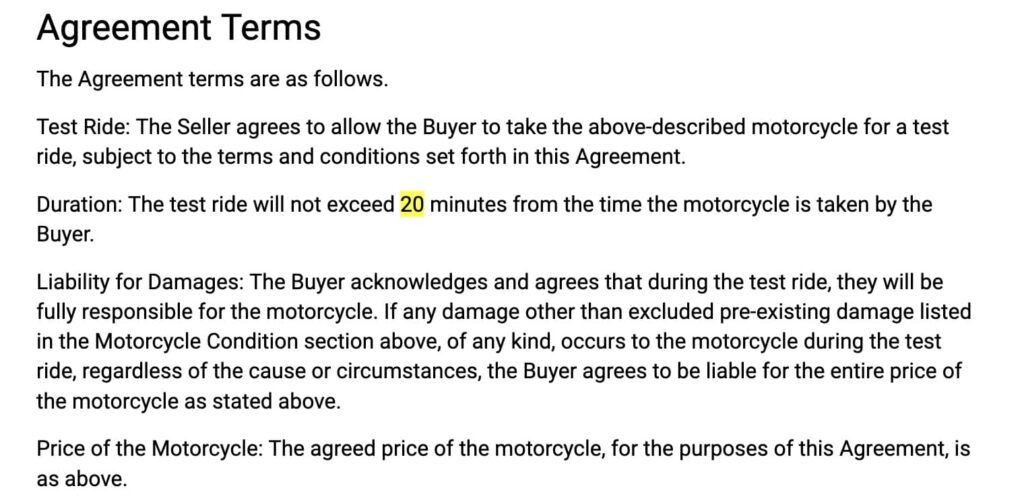
Here is a document on Google Docs that you can copy and modify to suit your purposes. It’s a general liability document for motorcycle test rides.
I’m not a lawyer, but it’s a pretty simple document. I don’t make any claims as to how legally binding it might be wherever you are. Again, to ensure enforceability, it might help to have a lawyer in your region look at it. But it’ll definitely help.
If you like, go take a test ride at your local dealer. Take photos of their liability document, and use that as your own template.
Some ways in which a test ride liability doc might help are:
- It clearly states that seller is responsibility for any damage.
- It has a time stamp, which means that if the buyer commits any crimes (from speeding fines to actual more serious crimes) then they’re liable from that point onward.
This document doesn’t get rid of all liability, of course. And you’ll still have paperwork to do if things don’t go well.
Wrap Up
Test rides are great when they go well. But when they don’t, they’re annoying for everyone.
The complicated process of test rides (communication, scheduling appointments, doing the paperwork, worrying about it) is why it’s much easier to say “No test rides at all”, or to sell directly to a dealer.
That’s one of the advantages of dealers. Yes, you “pay” a couple or a few thousand dollars to sell to a dealer. But you don’t deal with all the mess of selling to private parties — it becomes their problem. Oh, and when you want to go get test rides of anything, it becomes relatively hassle-free! (See more on some of the sometimes unspoken benefits of dealers.)

